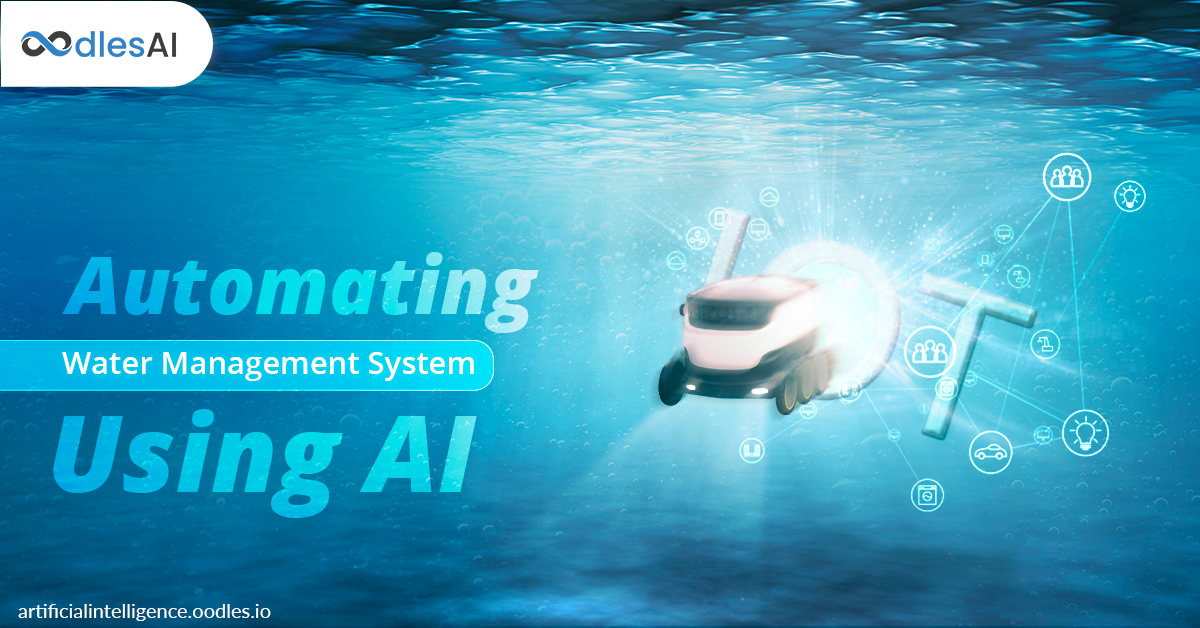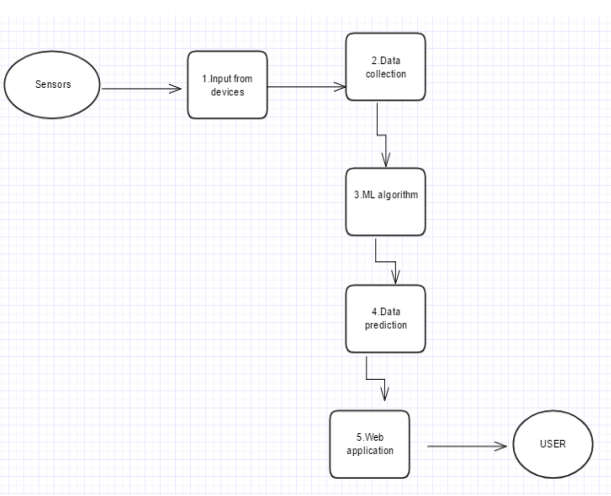Automating Water Management Systems Using AI
Sanam Malhotra | 26th September 2019

Water management issues are at the center of environmental debates taking place across the globe. Irrational distribution, leakages, contamination, and overuse of groundwater are some of the biggest challenges associated with the water management industry.
Today, industry leaders are exploring AI development services for water management systems to mitigate the water crisis using AI and IoT devices. Together, these technologies provide effective mechanisms to monitor water quality, detect leakages, analyze demand, and streamline global water management.
This blog post explores and highlights some AI use cases for the diverse water industry.
1) Monitoring Water Quality
Inaccurate data to trace water flow and contamination levels restrict traditional water monitoring methods from taking timely actions. Today, the availability of real-time data generated by IoT devices is encouraging global leaders to invest in AI development services for water management and monitoring systems.
McKinsey Global Institute estimates that the value of IoT application for water and air monitoring will reach $700 billion a year by 2025.
Potential of Hydrogen (PH) and Total Dissolved Solids (TDS) are the standard parameters for monitoring the water quality. IoT systems connected with AI-based Arduino software can be deployed to capture PH and TDS levels of different types of water. These systems use machine learning algorithms to group water bodies based on their PH and TDS parameters. Accordingly, they train the data set to predict the quality of water as good or bad.
Here is a theoretical diagram to demonstrate the flow of data and the use of AI to determine water quality.
AI-powered IoT systems can be used to monitor several water sources such as rivers, residential water tanks, municipal water supplies, etc.
2) Identifying Leakage in Infrastructures
According to the USA’s Environment Protection Agency, an average family can waste 180 gallons of water per week through household leaks. It is equivalent to the amount of water needed to wash more than 300 loads of laundry.
Ill-maintained infrastructures causing chronic leakage are the reason why areas with considerable rainfall also suffer from water shortage. Upmanu Lall, a Columbia University engineering professor and water risk analyzer, highlights the major reason behind water leakage by quoting,
“There’s no shortage of rain. It comes down to bad infrastructure.”
Artificial intelligence can be used to combat the problem of water leakage in the following manner-
a) IoT smart meters can significantly reduce water losses by sensing the risk of water leakage well before time. Mckinsey Global Institute estimates that IoT smart meters can provide an economic value of $7 billion to $14 billion per year in 2025.
b) Cameras and sensors can be installed near pools, in water tanks and reservoirs to raise water leakage alerts.
c) Researchers at Canada’s Waterloo University have developed an AI-based leakage detection system that uses hydrophone sensors. The sensors are effective at detecting even small leaks carried via sounds in water pipes.
3) Reducing Water Waste
The agriculture industry accounts for the world’s largest water consumption, i.e. 70% of all water withdrawals globally. However, the same sector is liable for wasting approximately 60% of that water according to the UN’s Food and Agriculture Organization.
The operational challenges of current wastewater treatment plants include seasonal fluctuations in sludge dewatering processes, rising demands, expensive plant maintenance, etc.
IoT systems powered with AI algorithms can prove to be a boon for the wastewater management industry in the following ways-
a) Data concerning water flows, humidity, and temperature, collected by IoT devices, can be used to train machines to trace treatment processes.
b) The database can be used to set standard guidelines for evaluating the impact of an individual treatment process.
c) Also, AI development services for water management systems using soil and light sensors can effectively analyze the quantity of water and fertilizers required in individual fields.
You may also like to read- Improving Business Operations | 5 Applications of Facial Recognition Technology
Oodles AI Development Services for Water Management Systems
The high-octane capabilities of AI are transforming industries and businesses worldwide. We, at Oodles, empower global businesses with our AI development services to accelerate their business operations, management, infrastructure, and more. Our AI capabilities include recommendation system development, chatbot, and conversational AI, computer vision, and NLP processing services. Talk to our development team to know more about our diverse Artificial Intelligence services.




